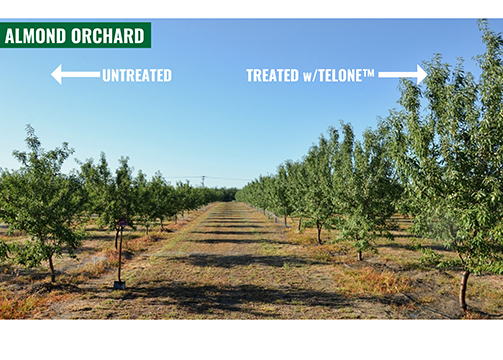Why Growers Should Consider Alternative Crops Market Opportunities
I’ve become a bit of a curmudgeon when it comes to ‘alternative crops.’ The grass always seems way too green when questions start popping up about some new crop. All too often, discussions about alternative crops, even within the pages of American Vegetable Grower® magazine and similar publications, tend to focus on potential new income streams. When a new vegetable (or fruit) is ‘discovered,’ all of a sudden it’s the one that’s going to make everyone a fortune.
We Extension agents and specialists are just as guilty for the hype, getting swept up in the excitement and lure of a new crop that will provide our growers with a golden ticket to sustain their farms. Just as often we forget to do our homework. It’s fairly easy to grow, or learn how to grow, new and unusual plants. Production, variety, fertility, and pest control trials on new crops are summarized in research journals and trade publications every year.
It’s not as easy to find the critical market analysis that goes along with those production records to tell just how big a potential market is. Who really buys and eats this new crop? Is there, or will there be enough demand to support hundreds of acres? Will an acre or two suffice?
Things to Consider
Try not to get starry eyed looking at prices in the local grocery of some exotic vegetable that just showed up, thinking you could certainly grow it for those prices. You know you’ll only get a small fraction of those dollars on the wholesale market.
Alternative crops abound, and cropping systems can be considered in the same vein. Transitioning to organic or another production method needs the same careful considerations as different types of peppers or new types of leafy greens. Baby greens for salad mixes is an alternative even though you may be growing the same varieties that would produce mature heads.
When you start perusing seed catalogs, make sure you’re researching a lot more than just a source of seeds. A bit of careful pencil pushing is needed to avoid costly mistakes when considering a new crop.
David Eddy, Editor of Meister Media Worldwide’s American Fruit Grower® magazine, emphasized the critical need to do your homework when considering alternative crops, noting the debacle when everyone tried to jump on the hemp bandwagon just a couple of years ago. You can read his story here.
In “Surviving the Farm Economy Downturn,” a 2017 publication authored by Extension specialists from Southeastern states and published by Texas A&M University Extension, Kimberly Morgan, Jonathan Baros, Luis Ribera, and Marco Palma contributed a chapter titled “Things to Consider when Looking at Alternative Specialty Crops.” They provide the USDA definition of specialty crops and discuss its value to the U.S. agriculture economy (245,000 farms produced nearly 69.4 million acres with a market value of $83.4 billion reported in the 2012 Census of Agriculture). A chart lists nearly four dozen examples of the more than 170 USDA-Recognized Specialty Crops across all commodity types.
Take a Step-Wise Approach
So there are a lot of options when considering alternative crops, but that’s the first step in your analysis. If you’re seeing something in the market that looks enticing, someone, somewhere is already growing it. Is there room for more? Can you break into that market? Can you grow it competitively without flooding the market?
Morgan and her colleagues provide a general SWOT (Strengths, Weaknesses, Opportunities, and Threats) analysis for considering alternative crops. Your strengths lie in your farming experience and equipment inventory, land and credit access, and maybe proximity to market. Weaknesses might include lack of information about a particular crop and local research to assist filling the voids, as well as unknown, potential pest pressures. Another weakness may be the need to invest in alternative production tools (implements, greenhouses, etc.) you might not already have.
They identify growing global (and more recently, new/renewed interest in local) demand for fresh produce as an opportunity, something all vegetable growers should be helping to promote and continue to expand. However, major threats to adoption of alternative vegetable crops include continuing labor shortages and increasing international production. Indeed, they discuss in their introduction that to meet the increasing demand, the U.S. has moved from being a net exporter of fresh and processed fruits and vegetables in the early 1970s to being a net importer ($8.5 billion exported vs less than $20 billion imported in 2015).
Remember, if you’re considering a new alternative crop, you’re probably not the only one. Think hemp!









